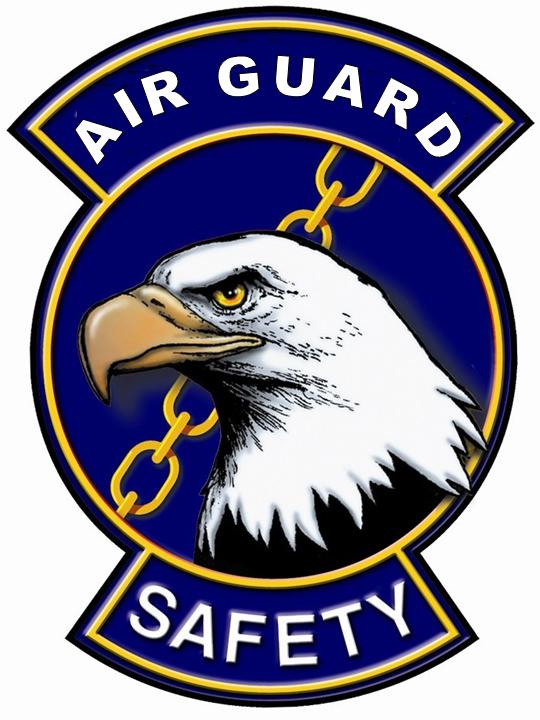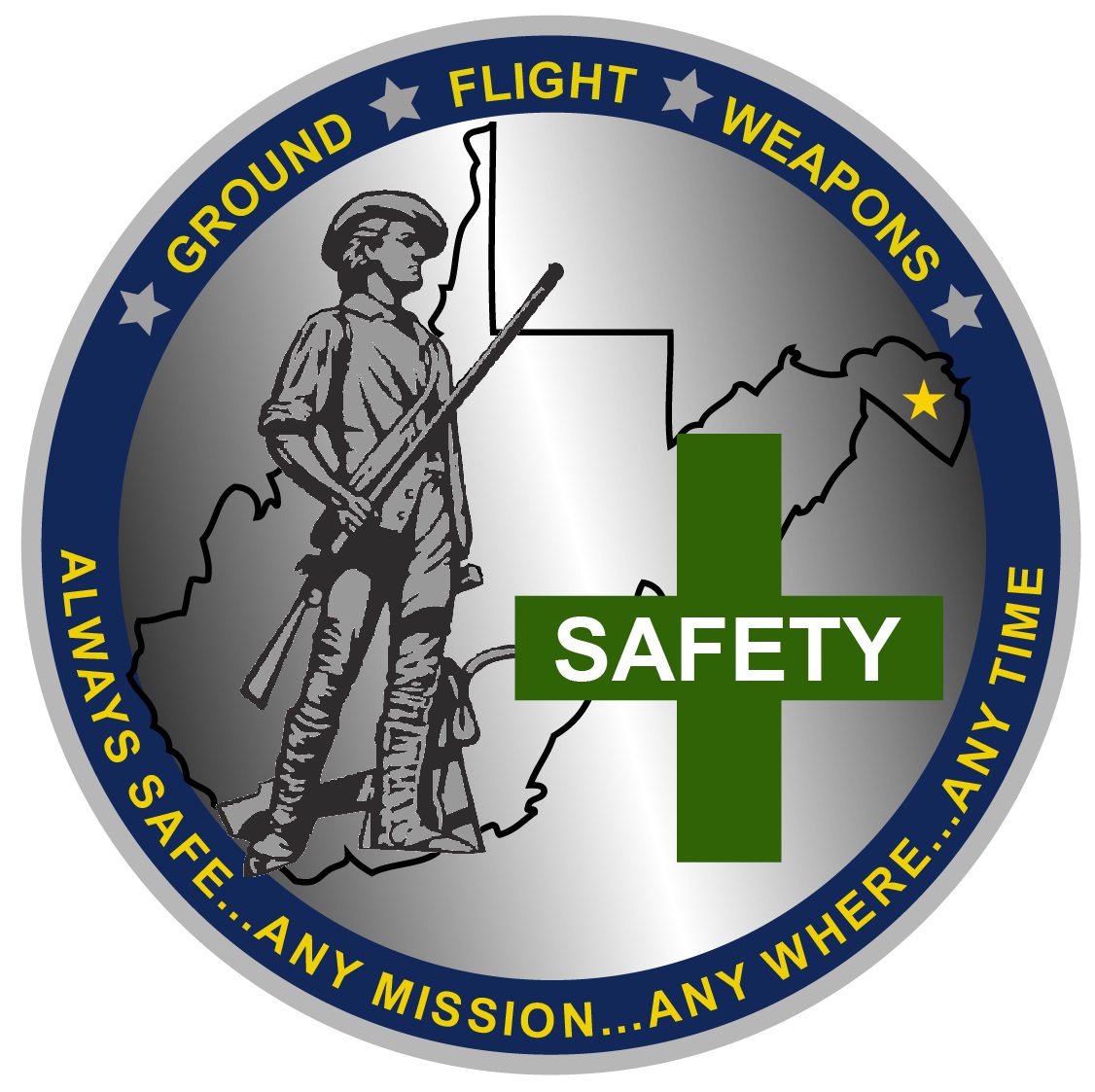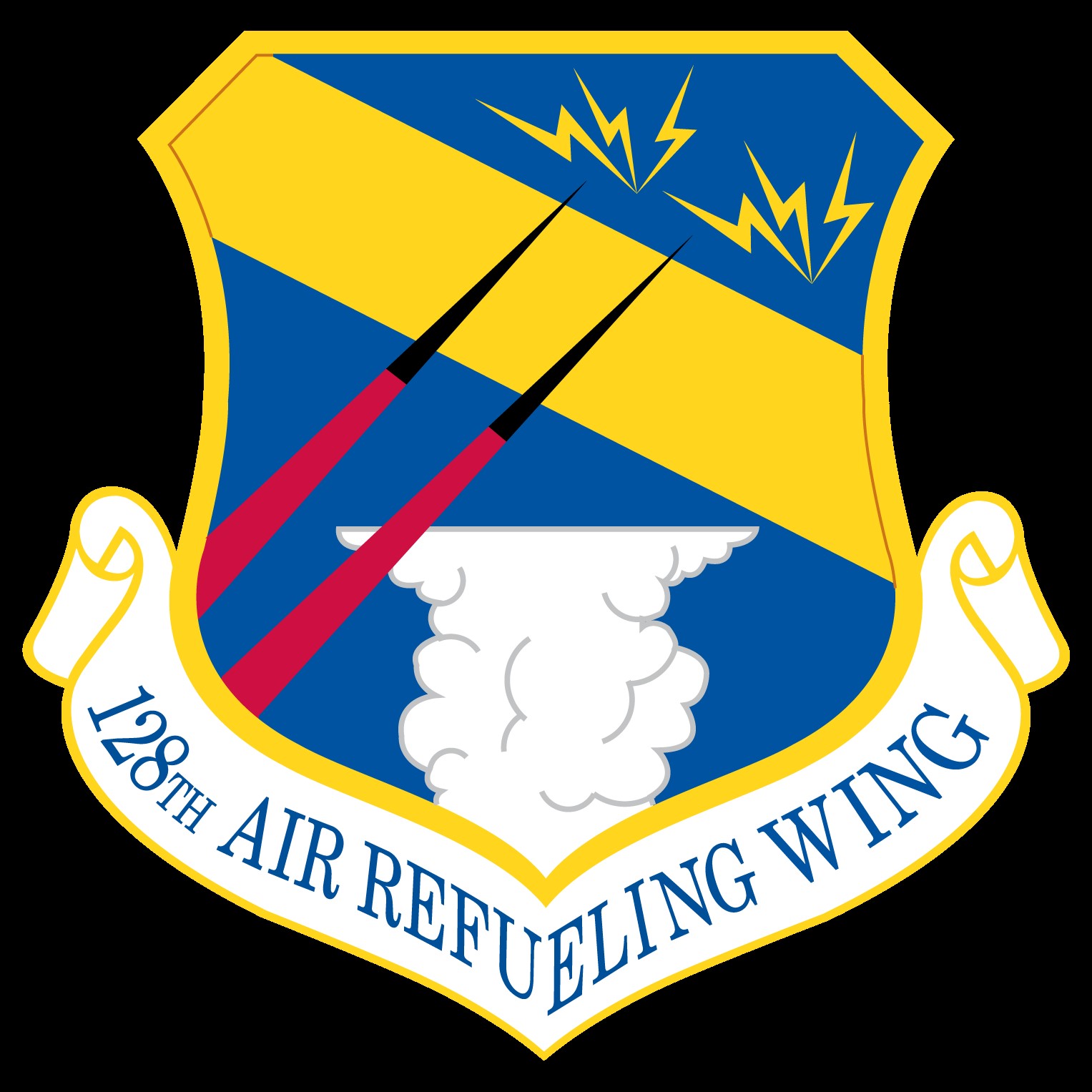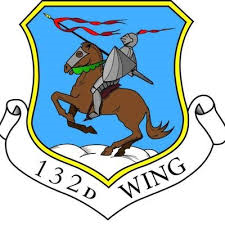Information
-
Document No.
-
Audit Title
-
Client / Site
-
Conducted on
-
Prepared by
-
Location
-
Personnel
40.5. Compressed Gases Checklist.
-
40.5.1. Are only trained workers permitted to handle or use compressed gas cylinders? Reference<br>40.1.2.1
-
40.5.2. Are cylinders inspected for damage (i.e., dents, gouges, evidence of leakage or cracks) when<br>received and before use? Reference 40.2.1
-
40.5.3. Have compressed gas cylinders been hydrostatically tested within the last five (5) years?<br>Reference 40.2.1
-
40.5.4. Are compressed gas cylinders properly handled and secured? Reference 40.2.6
-
40.5.5. When cylinders are not in use, are they capped and secured to solid fixtures to prevent<br>cylinders from falling over? Reference 40.3.1
-
40.5.6. When cylinders are attached to a manifold, are they also secured to a solid fixture to prevent<br>cylinders from falling over? Reference 40.3.1.3
-
40.5.7. Are cylinder enclosures posted as No Smoking Areas? Reference 40.3.1.4
-
40.5.8. Are cylinders stored in locations where their temperatures will not rise above 125° F?<br>Reference 40.3.2
-
40.5.9. Are cylinders stored in areas where there is no danger of accidental damage? Reference<br>40.3.2.1
-
40.5.10. Have empty cylinders been plainly marked EMPTY and stored separately from full<br>cylinders? Reference 40.3.2.2
-
40.5.11. When cylinders are stored indoors, are these areas ventilated to prevent accumulation of<br>flammable or asphyxiating gases? Reference 40.3.2.5
-
40.5.12. Are cryogenic cylinders fitted with only stainless steel or other suitable plumbing?<br>Reference 40.3.3
-
40.5.13. Do stored cylinders (either indoors or outdoors) obstruct exit routes or other traffic areas?<br>Reference 40.3.4
-
40.5.14. Are oxygen cylinders stored at least 20 feet from combustible materials (i.e., oil, grease), or<br>near any other substance likely to cause or accelerate fire? Reference 40.3.6










